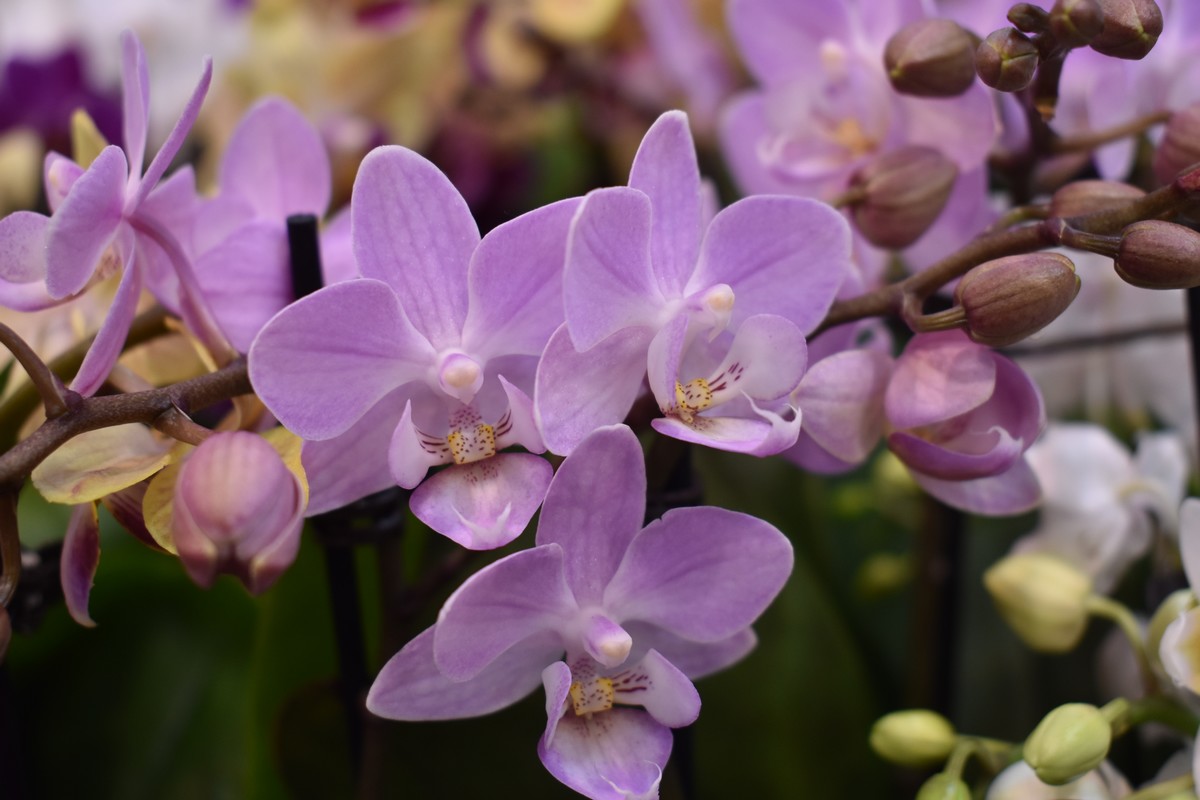
What does an asparagus have in common with a vanilla orchid? Not much, if you are just looking at the two plants’ appearances. However, when you look inside – their leaves are more similar than you would think – as revealed by the composition of their cell walls.
By studying plant cell walls – which are to plants what skeletons are to humans – we can reveal the composition of how leaves and stems of plants are actually constructed. This is exactly what a team of University of Copenhagen researchers has done in a large comprehensive study. In doing so, they have created something truly novel: a large “reference catalog” of plant cell wall compositions from 287 species, broadly representing the entire plant kingdom.
“Flowering plants have succeeded in adapting to the most unwelcoming and harshest environments in the world, in part due to the construction of their cell walls. They provide the plants with both mechanical structure and ensure the internal transport of water. Plant cell walls are composed of many different carbohydrates, that each have a unique structure and function – you can think of them like toy building blocks.” says botanist Louise Isager Ahl from the Natural History Museum of Denmark, and continues:
“Although humans rely heavily on plants and their carbohydrates for food, building materials, clothing, and medicine, our knowledge of their fine structure is still quite limited. We know that carbohydrates are some of the most complex chemical structures in nature, but how they are assembled, how they work, and how they have evolved over the past several million years is still largely unknown.”
Read the full article at news.ku.dk